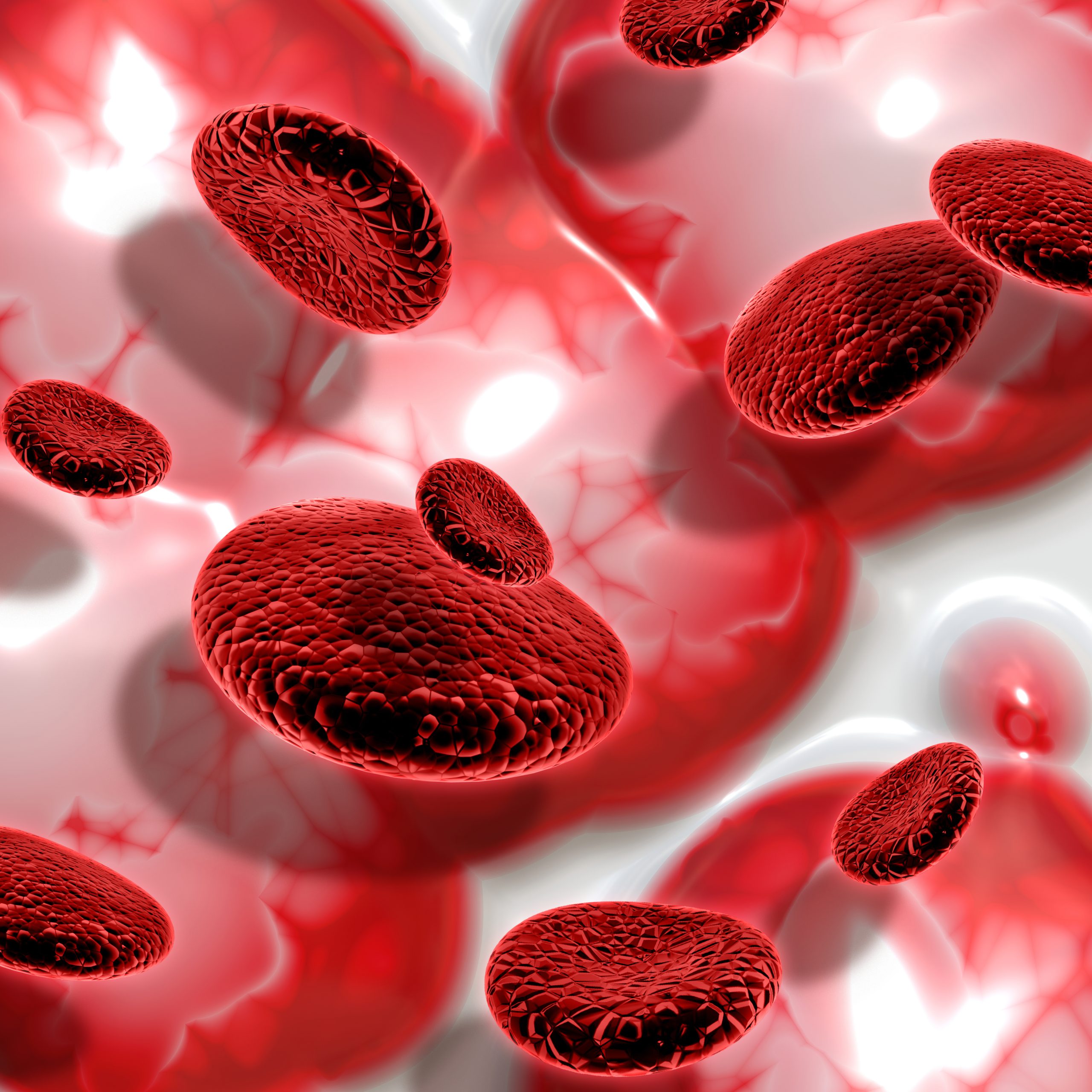

Researchers from the Francis Crick Institute and Barts Cancer Institute have discovered why patients with a rare form of blood cancer have inefficient red blood cell formation and how vitamin B5 may be used in combination with already available medications to enhance outcomes.
Blood cancers known as myelodysplastic syndromes (MDS) are defined by a stem cell abnormality in which the formation of healthy red blood cells is disrupted. For some people, there are no curative treatments, however, some drugs can help the disease advance more slowly.
Most patients with this condition go on to acquire acute myeloid leukemia (AML), and within 18 to 2 years of treatment, about half of patients develop resistance to the available MDS medications. Because of an excess of iron in the blood, these patients are very dependent on red blood cell transfusions, which can be unpleasant and deadly. So, it’s critical to find novel approaches to treating this condition and halting the development of leukemia.
In their investigation, which was written up in Science Translational Medicine, the researchers examined blood samples from 42 myelodysplastic syndromes patients. Scientists discovered that the COASY enzyme plays a crucial role in controlling the generation of red blood cells in the bone marrow. Production of red blood cells is substantially hampered in MDS patients with partial absence of the enzyme causing anemia.
Next, they investigated if treatments like vitamin B5 supplementation could increase the creation of red blood cells. The maturation of red blood cells was accelerated by treatments with vitamin B5, or another molecule called succinyl-CoA.
Kevin Rouault-Pierre, Group Leader at Barts Cancer Institute and supervisor of the study, said, “Current treatments for MDS are often associated with reduced quality of life as well as the increased risk of progression to leukemia. Understanding the biology behind this stem cell disorder is key to unlocking new treatments of the future.”
“Our next steps will be to further investigate how to boost red blood cell production and work towards testing new treatments in clinical trials.”
Syed Mian, a postdoctoral research fellow in the Crick’s Haematopoietic Stem Cell Laboratory, who co-authored with Celine Philippe postdoctoral training fellow at Barts Cancer Institute, says, “Given our elderly population is increasing and age is the dominant risk factor for the development of MDS, we will start to see more and more people with this type of blood cancer.
“Anemia-related symptoms, such as chronic fatigue, are commonly reported in MDS and the current red blood cell transfusions, although essential, come with potential complications, and also require substantial human and financial resources. Therefore, it’s essential that we find alternative ways to regulate long-term red blood cell production in these patients. Our results may also potentially help with treatments of other diseases where patients commonly present with anemia.”
more recommended stories
 Urine-Based microRNA Aging Clock Predicts Biological Age
Urine-Based microRNA Aging Clock Predicts Biological AgeKey Takeaways (Quick Summary) Researchers developed.
 Circadian Control of Neutrophils in Myocardial Infarction
Circadian Control of Neutrophils in Myocardial InfarctionKey Takeaways for HCPs Neutrophil activity.
 E-Cigarette Use and Heart Attack Risk in Former Smokers
E-Cigarette Use and Heart Attack Risk in Former SmokersKey Takeaways for Clinicians and Nurses.
 36-Week Pre-eclampsia Screening May Reduce Term Risk
36-Week Pre-eclampsia Screening May Reduce Term RiskA New Preventive Strategy for Term.
 Cardiovascular Risk and Sudden Cardiac Death in Diabetes
Cardiovascular Risk and Sudden Cardiac Death in DiabetesRising Sudden Cardiac Death (SCD) Risk.
 Poor Kidney Function and Alzheimer’s Biomarkers Explained
Poor Kidney Function and Alzheimer’s Biomarkers ExplainedPoor kidney function may influence levels.
 Walking Speed Before Hip Replacement Predicts Recovery
Walking Speed Before Hip Replacement Predicts RecoveryNew Evidence Points to a Simple,.
 Neuroblastoma Drug Combo Extends Survival in Models
Neuroblastoma Drug Combo Extends Survival in ModelsA Promising Shift in High-Risk Neuroblastoma.
 How Soybean Oil Impacts Weight Gain and Metabolism
How Soybean Oil Impacts Weight Gain and MetabolismWhy Soybean Oil May Affect Metabolism.
 Coffee and Cognitive Function: Evidence Review
Coffee and Cognitive Function: Evidence ReviewA new narrative review in Cureus.

Leave a Comment